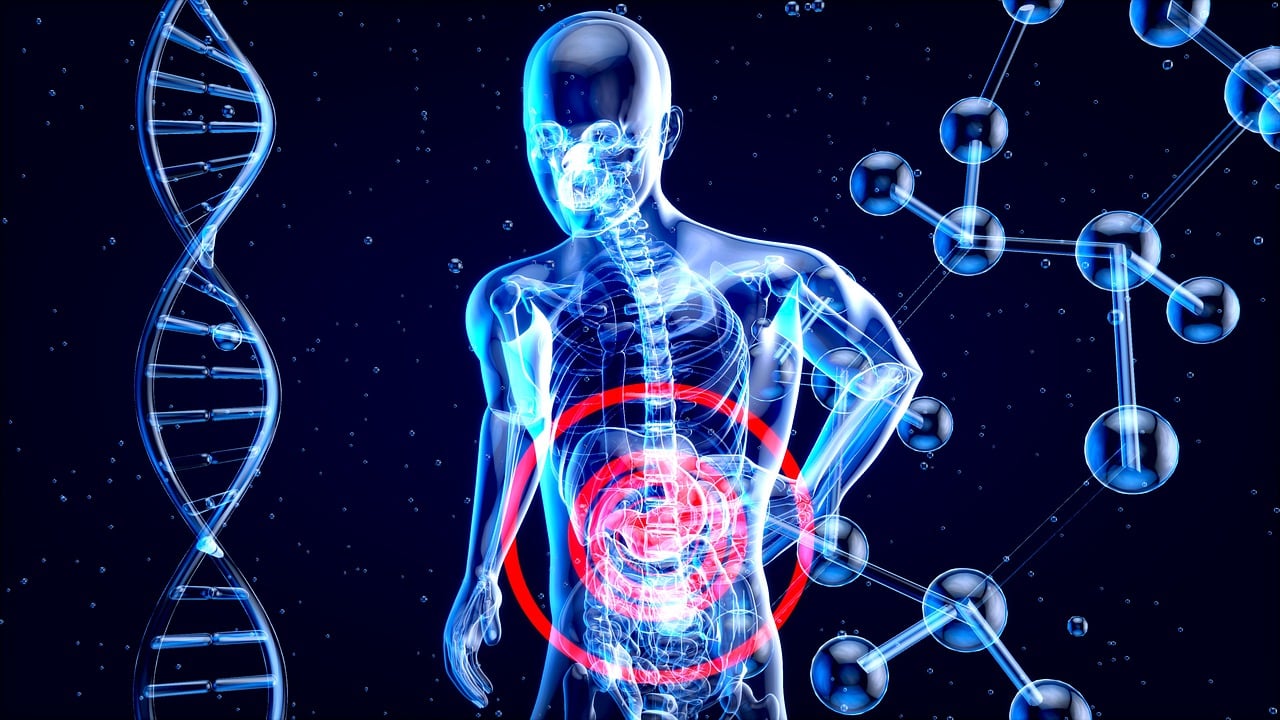A chest X-ray is a diagnostic imaging test that uses low doses of radiation to create images of the structures within the chest, including the lungs, heart, and blood vessels. It is a non-invasive and relatively simple procedure that is used to help diagnose and monitor a range of conditions that affect the chest, such as pneumonia, lung cancer, heart failure, and tuberculosis.
During a chest X-ray, the patient will typically stand in front of the X-ray machine and hold their breath for a few seconds while the technician takes a picture. The images produced can provide important information about the size, shape, and position of the organs and tissues within the chest, and can help doctors to identify any abnormalities or changes that may indicate an underlying health problem.
Standard PA (posteroanterior) chest X-ray
A standard PA (posteroanterior) chest X-ray is the most common type of chest X-ray. During this procedure, the patient stands in front of the X-ray machine, and the X-ray beam passes from the back of the chest through to the front. The X-ray machine produces a black and white image of the chest on a film or digital display.
In a PA chest X-ray, the patient is asked to take a deep breath and hold it for a few seconds while the image is taken. This helps to expand the lungs and create a clear image of the structures within the chest.
The resulting image can provide information about the size, shape, and position of the heart, lungs, blood vessels, and other structures within the chest. It can also help to identify any abnormalities, such as lung nodules, fluid buildup, or signs of infection or inflammation.
A standard PA chest X-ray is a quick and painless procedure that can be performed in a doctor’s office or imaging center. It is often used as a screening tool to detect lung cancer, heart disease, and other conditions affecting the chest.
Lateral chest X-ray
A lateral chest X-ray is a type of diagnostic imaging test that is used to create an image of the chest from the side. During a lateral chest X-ray, the patient will stand next to the X-ray machine, with one arm raised above their head and the other arm placed on their hip. The X-ray machine will then take an image of the chest from the side.
A lateral chest X-ray can provide important information about the structures within the chest, including the lungs, heart, and blood vessels. It may be used to diagnose and monitor a range of conditions, such as pneumonia, lung cancer, and heart failure. It can also be used to evaluate the position and alignment of medical devices, such as chest tubes or pacemakers.
In addition to the standard PA (posteroanterior) chest X-ray, a lateral chest X-ray is often performed as part of a complete chest X-ray examination to provide a more complete picture of the chest. The images produced by a lateral chest X-ray can help healthcare providers to identify any abnormalities or changes that may require further evaluation or treatment.
Decubitus chest X-ray
A decubitus chest X-ray is a special type of chest X-ray that is taken while the patient is lying down on their side, with the affected side facing up. This type of X-ray is useful in detecting small amounts of fluid or air in the pleural space, which is the area between the lungs and the chest wall.
During a decubitus chest X-ray, the patient is positioned on their side with their arms raised above their head. The X-ray machine is then positioned to take a picture of the side of the chest that is facing up. The patient may be asked to hold their breath for a few seconds while the picture is taken.
The decubitus chest X-ray is particularly useful in diagnosing conditions such as pleural effusion, which is an accumulation of fluid in the pleural space, or pneumothorax, which is the presence of air in the pleural space. These conditions can cause significant respiratory distress, and accurate diagnosis and prompt treatment are important for improving outcomes.
Lordotic chest X-ray
A lordotic chest X-ray is a diagnostic imaging test that is used to examine the upper portion of the lungs. This type of X-ray is typically used when there is a suspicion of abnormality or disease in the upper part of the lungs, such as a tumor or a lung infection.
During a lordotic chest X-ray, the patient is asked to stand facing the X-ray machine with their hands above their head. Then, the patient is instructed to lean backwards so that the chest is tilted slightly backward. This position allows for a clear view of the upper portion of the lungs.
The X-ray technician will then take an image of the chest, which will be reviewed by a radiologist or other healthcare provider. The results of the X-ray will be used to diagnose any abnormalities or diseases in the upper part of the lungs.
A lordotic chest X-ray is a relatively simple and safe procedure that is typically performed on an outpatient basis. However, it may not be suitable for all patients, particularly those who are unable to stand or hold their breath for a short period of time.
CT scan (computed tomography) of the chest
A CT scan (computed tomography) of the chest is a diagnostic imaging test that uses a combination of X-rays and computer technology to create detailed, cross-sectional images of the chest. CT scans provide more detailed images than standard chest X-rays and can help detect smaller abnormalities, such as small lung nodules or blood clots.
During a CT scan of the chest, the patient lies on a table that slides into a doughnut-shaped machine called a CT scanner. As the table moves through the scanner, it takes a series of X-ray images from different angles. A computer then combines these images to create a detailed, 3D image of the chest.
CT scans of the chest may be recommended for a variety of reasons, including:
- To evaluate abnormal chest X-ray findings
- To diagnose lung cancer or other lung diseases
- To evaluate chest injuries or trauma
- To assess the spread of cancer to other areas of the body
- To evaluate blood vessels in the chest
- To plan for certain surgical procedures or radiation therapy
While CT scans of the chest are generally considered safe, they do involve exposure to ionizing radiation, which can be harmful in high doses. The benefits of the test are weighed against the risks, and healthcare providers take steps to minimize radiation exposure as much as possible.
The specific type of chest X-ray that is recommended will depend on the suspected condition and the preferences of the healthcare provider.












